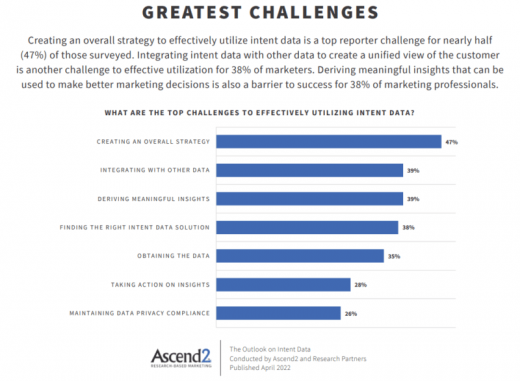MOps leaders as psychologists: The modern mind-readers
Marketing operations leaders should aspire to elicit responses of customers and prospects and interpret those signals for the business.
This four-part series presents a framework that describes the roles and responsibilities of marketing operations leaders. This part discusses MOps leaders as psychologists, in addition to their roles as modernizers (see part 1) and orchestrators (see part 2).
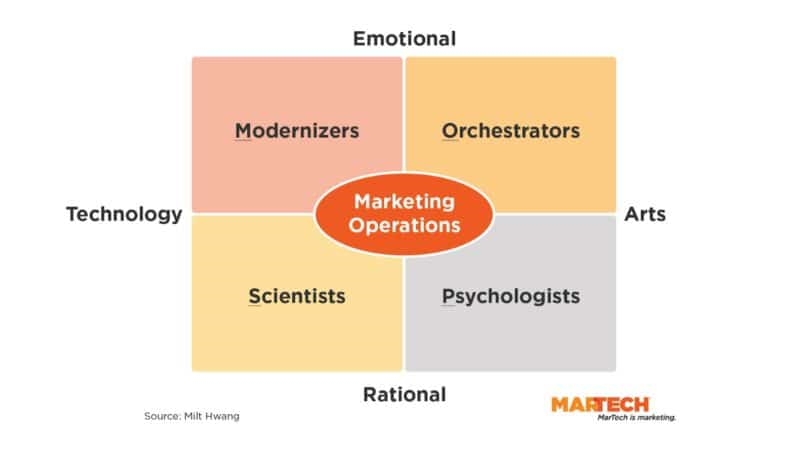
Exposure to marketing during my early educational journey was limited. With a heavy math/science background, I chose the “easy” path and majored in engineering. I struggled in advanced engineering classes but thrived in electives — communications, business, organizational behavior — which was a sign for my future in marketing.
Because of my engineering background, I was fortunate to get an opportunity to join GE Healthcare through its entry-level leadership development program. There I was exposed to magnetic resonance imaging (MRI).
MRIs had become go-to diagnostic devices and subsequently were used in neuroscience. I was fascinated by their eventual application in fMRI: Functional MRI. These extensions helped us understand the most consequential medical mystery: how (and why) people do what they do.
fMRI uses the same underlying technology as conventional MRI, but the scanner and a medical contrast agent are used to detect increased blood flow in response to a stimulus in what is commonly referenced as “hot spots.”
fMRI reveals which of the brain’s processes “light up” when a person experiences different sensations, e.g., exposure to different images in common studies. As a result, we now know what parts of the brain are involved in making decisions.

Successful marketing ‘lights up’ customers’ brains
Traditional marketing campaigns and measurement left gaps in understanding how and why people choose to buy. We were dependent on aggregated data.
With digital channels, we gain first-hand insights into an individual’s response to a stimulus, i.e., content. Here’s where the comparison picks up:
- We can observe nearly anything and everything that customers or prospects do digitally.
- Most customers know that we can track (almost) everything that they do.
- Because of that knowledge, customers expect contextual, value-based content, forcing marketing to provide more value in exchange for the permission to track.
Our goal as marketers is to make our customers and prospects “light up” with pleasure or satisfaction at each interaction. And, we now have the technology to track it. We are effectively reading minds — just as if it were an fMRI scan.
Here’s an overview of three of the primary psychology “tactics” that every marketer should know:
- Priming is the attempt to trigger a subconscious reaction to stimuli that influences our conscious decisions. The most common application is in branding and first click-through impressions. If a customer continues their journey, then the use of aspirational product or service images in content are common priming approaches.
- Social proof is perhaps the most common example, given the impact of word-of-mouth influence. It is commonly seen in product reviews and ratings. Content marketing often relies on case studies and customer testimonials to hear from “people like us.”
- Anchoring refers to marketing’s role in pricing and discounting. Most decisions people make are relative to the initial set of information they have received.
MOps leaders manage the mind-reading stack
MOps leaders are modernizers that now manage the mind-reading martech stack. We then lead the orchestration efforts to analyze the response (the “scan” data) and “prescribe” the next steps of the campaign.
Two catalysts spawned the emergence for martech applications:
- New channels that delivered stimulus (content) and collected responses: search, social media, retail commerce channels, etc.
- Tools that organize and manage all of that response data, from foundational CRM platforms to marketing analytics and data enrichment.
These developments led to the new psychological skills that have become essential to the role of MOps leaders.
Processing and interpreting intent data is an example. ZoomInfo illustrates how B2B marketers are accessing this capability. The company now provides buying signals to marketers based on their customers’ behaviors, in addition to the basic contact information that was the origin of its business.
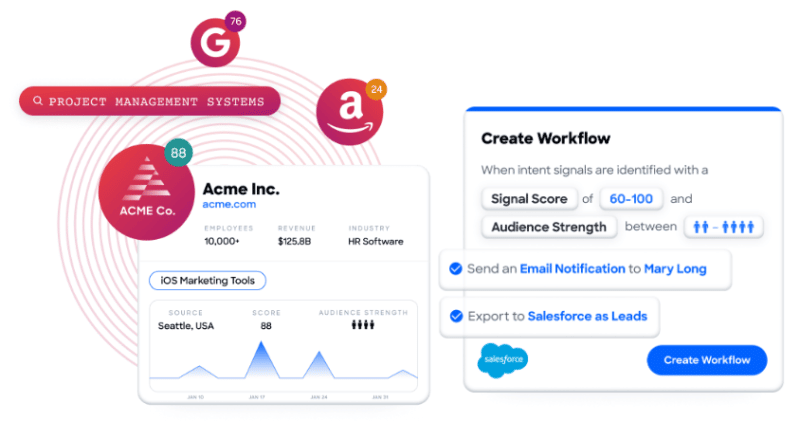
Intent data is already in widespread use. Six in 10 companies responding to a recent survey said they had or planned in the next year to implement intent measurement data solutions.
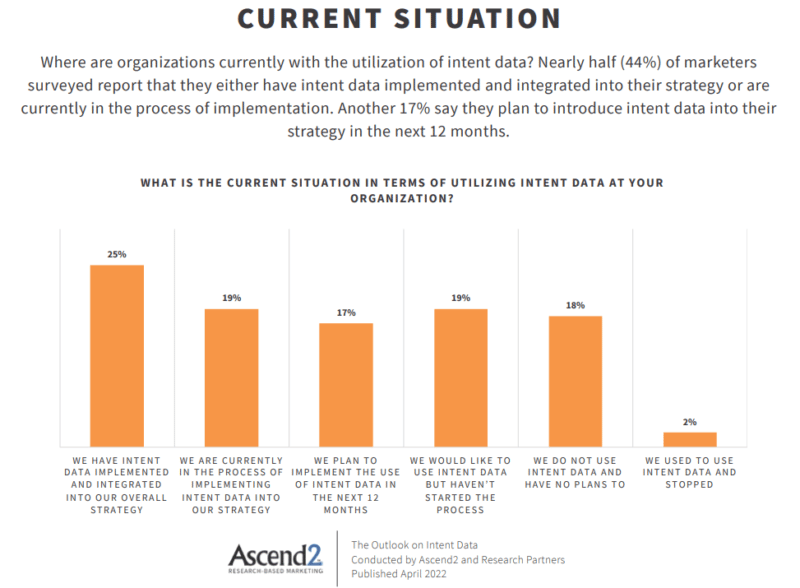
The top challenges for effective intent data utilization fit squarely in the role/responsibilities of MOps leaders include:
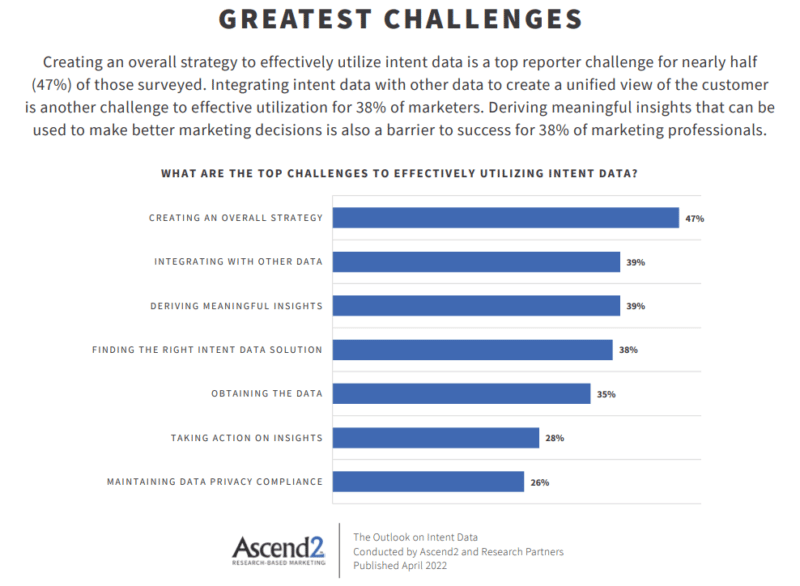
These trends support the conclusion of the first three parts of this series — that MOps leaders should aspire to be:
- Psychologists who elicit responses (i.e., “light up” the brains) of customers and prospects and interpret those signals for the business.
- Modernizers who adopt the technology that enables the activation of those signals.
- Orchestrators who are cross-functional project managers and business partners with IT, legal and compliance.
Next time, I’ll complete the framework with a discussion of how the role of MOps leaders includes being a scientist, constantly testing and evaluating marketing efforts with teams of analytics specialists and data scientists.
Editor’s note: This is the 3rd in a 4-part series. In case you missed them, part 1 (Modernizers) is here and part 2 (Orchestrators) is here.
The post MOps leaders as psychologists: The modern mind-readers appeared first on MarTech.
(39)

